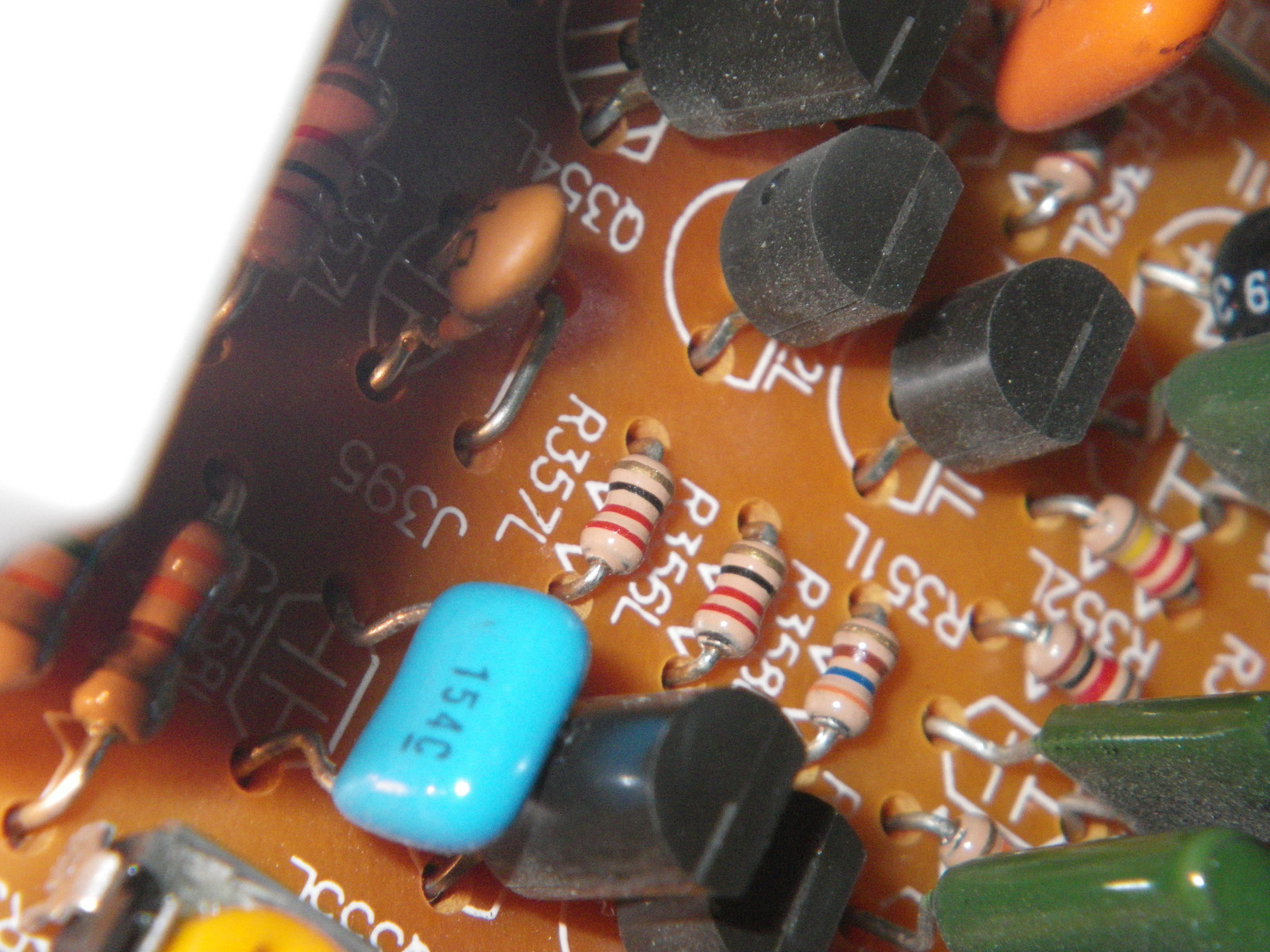This question gives some of the background here. The capacitor may or may not have developed excessive leakage but its electrolyte is drying out - its ESR (equivalent series resistance) is increasing, so any ripple voltage dissipates more power in it, heating it up and drying it out faster. If you can measure its capacitance, you'll probably find it's lost most of that too...
It's not totally unexpected, they are rated for a few thousand hours at a certain temperature - say, 85C.
Dave is right - replace it, paying attention to its value, voltage, and ripple current rating. And expect to replace its twin in a couple of months... better to do both at once.
********* EDIT *******
Now that the photo is visible, the above is wrong! (do I have to downvote it? )
This is not an electrolytic capacitor but some plastic film type, at a lower value (0.15 uF), and without the electrolytic's problems! The most likely reason for its temperature is that it is resting against a (probably rather hot) driver transistor. Is its mate on the other channel clear of the transistor?
It should be safe to (gently) straighten it, but I think you have to look elsewhere for the real problem. The equivalent of these capacitors would be suspect in a 1940s valve amp, but not in a modern amp...
Check temperature of the output transistors first (one suspect is the bias current, if there is an adjustment for it) and check the power supply voltages if you can. Oh, and if you can measure capacitance, check the big electrolytics :-)

